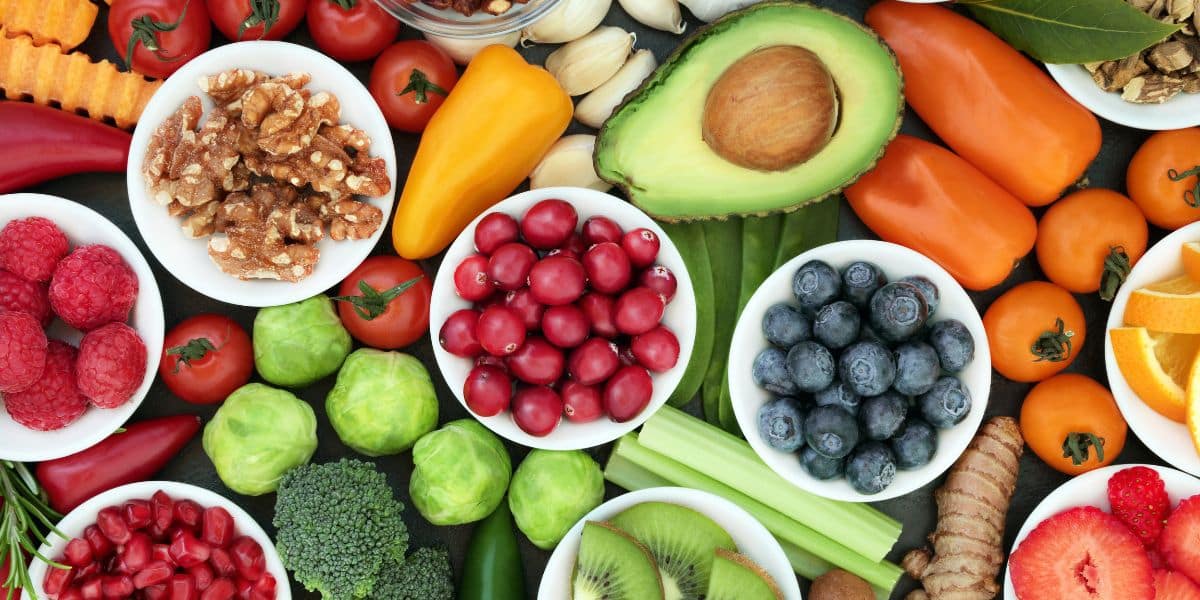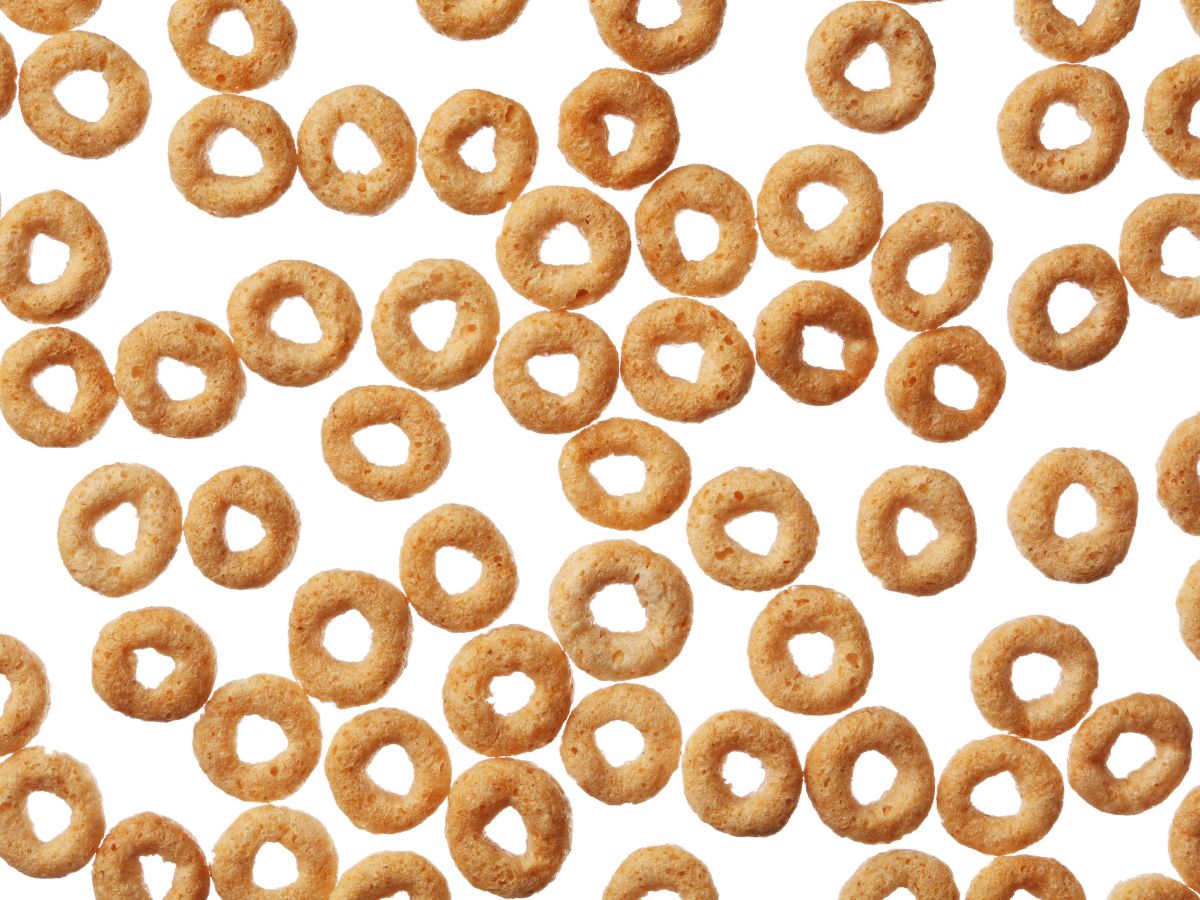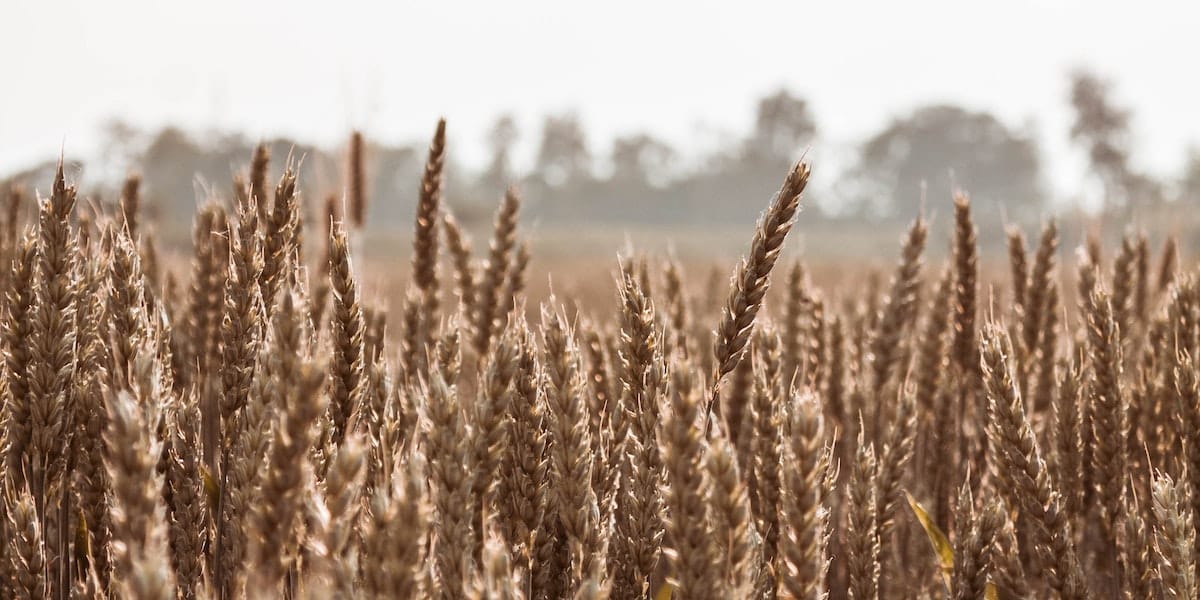Blenders are pretty awesome. They quickly help you create delicious smoothies, sauces, soups, and more.
There are plenty of blenders on the market, from expensive models to budget bargains. Unfortunately, many poorly designed and poor-quality blenders aren’t worth the cash.
So, if you don’t have a blender at home, that might not be such a bad thing. Instead, it’s worthwhile saving your pennies and investing in a decent blender that can cope with frozen solid fruit and veggies and will last more than a few months.
But in the meantime, how can you puree food without a blender? We’ve done the leg work for you to find the four best methods for food pureeing without a blender.
Although using a blender will yield the best results, there are a few ways to get smooth, pureed food. First, a chef’s knife is essential.
You will need a sharp knife to prepare the food for every method, but you can achieve good results with the blade alone. You can also use a vegetable steamer, a strainer, or a mortar and pestle to puree food without a blender.
As an Amazon Associate, I earn from qualifying purchases. The links below may be affiliate links. Please read my disclosure policy for more information.
4 Best Methods for Pureeing Food Without a Blender
There are a few tools you’ll have in the kitchen that can be used to puree food. We’ve collated them so that no matter what you have in your cupboard, you’ll be able to puree your food to a decently smooth consistency.
First of all, manage your expectations. It won’t be easy to achieve the same liquid-smooth finish that a high-quality blender can provide, but we can get you something close.
Method 1: Using a Chef’s Knife
If you do any cooking, you’ll probably have a decent knife. A sharp chef’s knife is ideal, but any large, sharp knife will do.
A good knife is essential; it makes food preparation much faster and safer! Having a sharp knife means the blade is much less likely to slip off the item you are trying to cut and accidentally cut your finger. The sharper the knife, the less force you need to exert.
You can use a good knife to prepare countless things in the kitchen, but you can also use it to puree food. Follow these steps to puree food with a chef’s knife:
What you will need:
- Chef’s knife
- Chopping board
Step 1: Prepare
Before beginning, prepare the fruits and vegetables to make the process as easy as possible. First, wash and peel ingredients as required.
Then grab a chopping board and place the ingredients on top. If your chopping board slips a little, place a damp cloth or paper towel underneath it.
Step 2: Cut
Dice the food up as finely as possible. Don’t worry; the pieces of food don’t need to be symmetrical; get them as small as possible.
Rock the knife to and from to speed up the process. The smaller the pieces, the easier this next step will be.
Step 3: Mush
Now, position the knife almost entirely on its side, with the large metal face resting on the food. Essentially, act as if you were trying to hide the food with the knife.
Next, lift the knife a little so there is a small gap, with the blade still touching the chopping board. Then, rock the knife and drag the food around, effectively mushing the food into the board. Imagine you’re pushing the food into the board.
Step 4: Repeat
Continue with step three, trying to create a smooth paste. If you’re preparing something savory, sprinkle a little coarse sea salt on top.
The salt will act as an abrasive element to break down food faster. Conversely, if you’re making a sweet dish, you can use coarse sugars to help with abrasion.
Method 2: Puree food with a Chinois Strainer
Chinois strainers are fancy-looking strainers many of us have in our kitchen cupboards. Then strainer is comprised of a fine, mental sieve that can withstand a decent amount of pressure.
Unfortunately, standard sieves at home break easily when you try to push food through them, and that’s when the Chinois comes in handy.
You first need to break down the food a little to use this method. For example, you will not be able to push an entire apple through the strainer, so a little prep is required.
If you’re trying to puree a softer piece of food, you can skip this step and head straight to straining.
Use a knife to break down the food first, such as in the first method. Then place small amounts of the food into the strainers, and use the wooden pestle provided in the set to push the food through the mesh.
Check out the Chinois strainer. If you don’t have the pestle, use something similarly shaped to push the food.
Method 3: Use a Steamer Basket to Puree the Food
Steamer baskets are great for helping you reduce the amount of fat and oil you use when cooking and can make your vegetables super tender and delicious. You can also use a steamer basket to help puree your food.
Follow these steps to puree food using a steamer basket:
Step 1: Prepare ingredients
Peel, wash, and prepare the ingredients you wish to puree. Cut the food into smaller, symmetrical chunks so that the pieces soften at the same rate. The smaller the pieces, the faster they will cook.
Step 2: Prepare the steamer
Add water into a saucepan, about 2 -4 centimeters in depth, depending on the saucepan and steamer shape and size. Make sure the saucepan is big enough to accommodate the size of the steamer.
Step 3: Steam
Place the food into the steamer basket, and put the basket on top of the saucepan; wait. Use your judgment here to determine how long the food needs to steam.
Occasionally, prod the food with a knife to check its softness.
Step 4: Remove or add more water
If the ingredients are particularly stiff, you can add a little more steaming liquid. If the food is super soft, remove the steamer, and shift the ingredients out of the hot basket.
Step 5: Puree
Place the food into a bowl and mash with a fork or potato masher. The food should be soft and malleable, and you should have a soft, pureed paste.
The optional final step, add the ingredients to the chinois stainer afterward to make a finer paste.
Method 4: Mortar & Pestle
Mortar and pestles look cool on a kitchen countertop but are also super handy for preparing many kinds of food.
To puree ingredients using a mortar and pestle, follow these steps:
Step 1: Prepare
As with all methods, you will need to chop the ingredients first. The smaller the pieces, the easier the process will be.
Step 2: work the ingredients
Place the ingredients into the mortar, and start working away at them with the pestle. First, push the pestle into the food and start breaking down the fibers.
Then, when it’s soft enough, move the pestle in a circular motion around the mortar.
This will take a bit of effort, but some people find the process relaxing. So try to get zen and get mashing.
Sometimes it feels like following any recipe; you need a whole kitchen full of appliances. It can get expensive and take up every inch of your cupboard space.
So, finding solutions and alternative ways to prepare food without buying another gadget is excellent. We’ve provided you with the four best ways to puree food without a blender.
You should get great results using a knife, steamer, strainer, mortar, and pestle.










